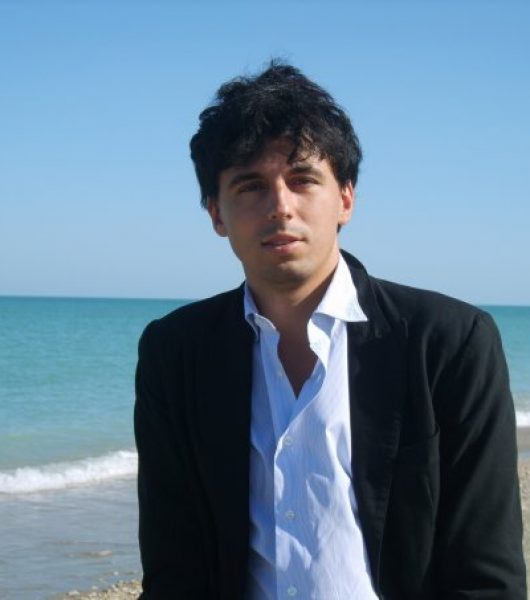
Physics for planning cities
A research team from FBK and the universities of Trento and Padua developed a computational model that reproduces the structures of urban transport systems.
Urban traffic, social relations and transportation structures share a complexity that often eludes conventional methods of analysis. Complex systems, characterized by dynamics that do not emerge just from the sum of their parts, require innovative approaches to be understood and, sometimes, optimized for a given function.
A research group from the universities of Trento and Padua and Fondazione Bruno Kessler, led by Prof. Manlio De Domenico of the Department of Physics and Astronomy of Padua, has developed a computational model, based on the statistical physics of complex networks, that reproduces the labyrinth-like structures of city transit systems such as the London subway system.
The study has been published in Physical Review X, the journal of the American Physical
Society.”Our research starts from conventional structural analyses by integrating environmental conditions and human behavior to optimize the transport network,” explainedSebastiano Bontorin, PhD student at the University of Trento and Fondazione Bruno Kessler and first author of the study. “This model is not only able to reproduce the complex configurations of city metro systems, but can be extended to improve the efficiency of current public transportation.”
The model is based on a map of interconnected nodes representing various spatial aspects of an urban area, such as the distribution of population and businesses. Each connection between nodes has a ‘weight’ indicating the speed of transit, optimized to minimize travel time between all pairs of nodes, taking into account realistic travel behavior and traffic congestion.
Using data on population density and services in the Greater London area, the research team generated an optimized metro system that shows striking similarities to the current transport system
.”The model is able to produce results comparable to the complex evolution of city transportation over decades, with a transparent approach typical of statistical physics, which can form the basis for the development of dedicated artificial intelligence models for urban planning,” Manlio De Domenico, Professor of Physics of Complex Networks at the University of Padua, said. “Our approach could be extended to improve existing transport networks or to plan new infrastructure in other big cities. It would be interesting to apply it to the current transport network planning in Padua”.
This research opens up new perspectives in urban planning, making it possible to predict and mitigate transport problems before they occur, ensuring a more sustainable and functional future for growing urban areas, one of the goals of Professor De Domenico’s project recently funded by the Italian Science Fund – Fis.Link to research: https://journals.aps.org/prx/abstract/10.1103/PhysRevX.14.021050
Authors: Sebastiano Bontorin, Giulia Cencetti, Riccardo Gallotti, Bruno Lepri and Manlio De Domenico




